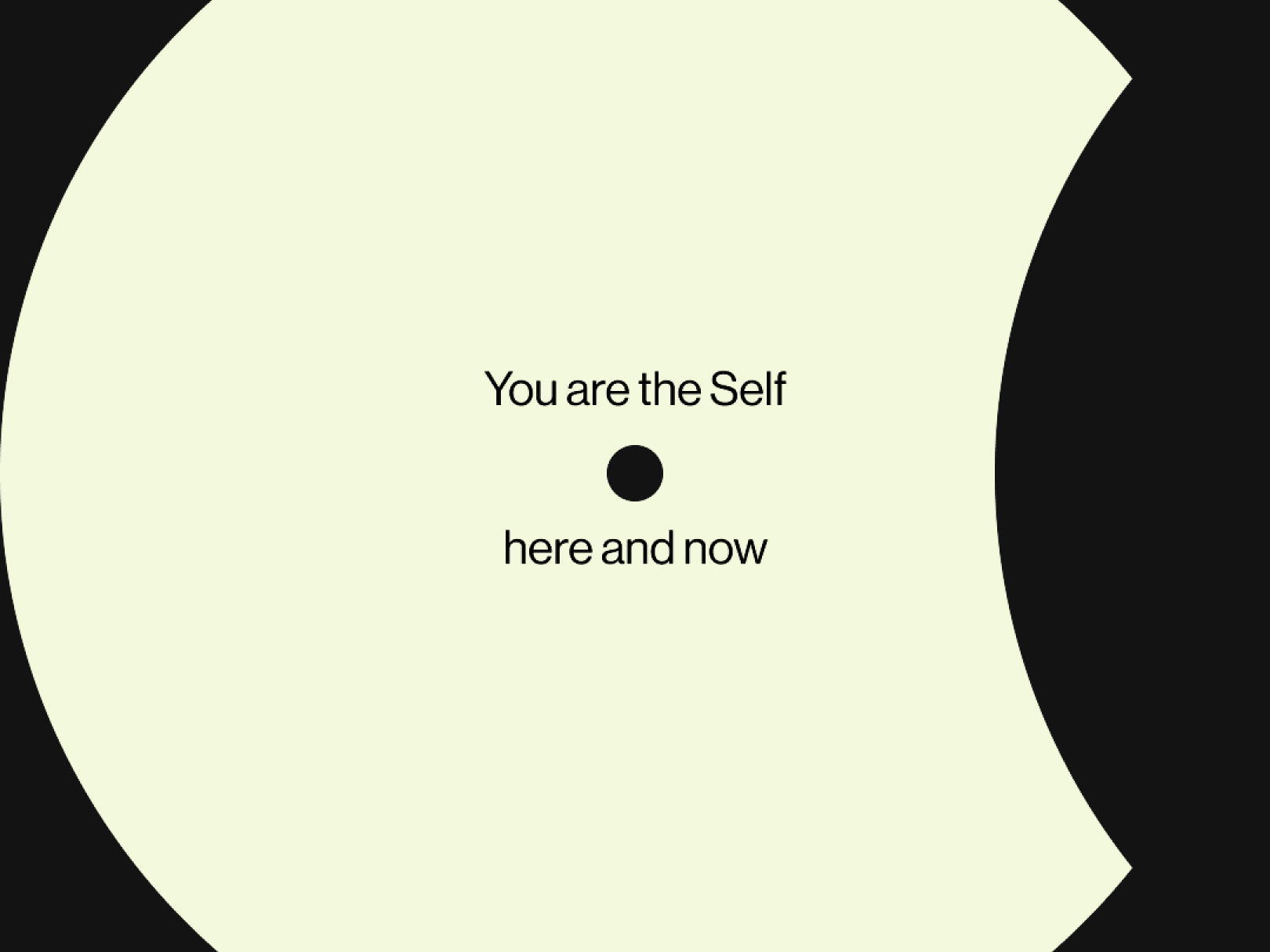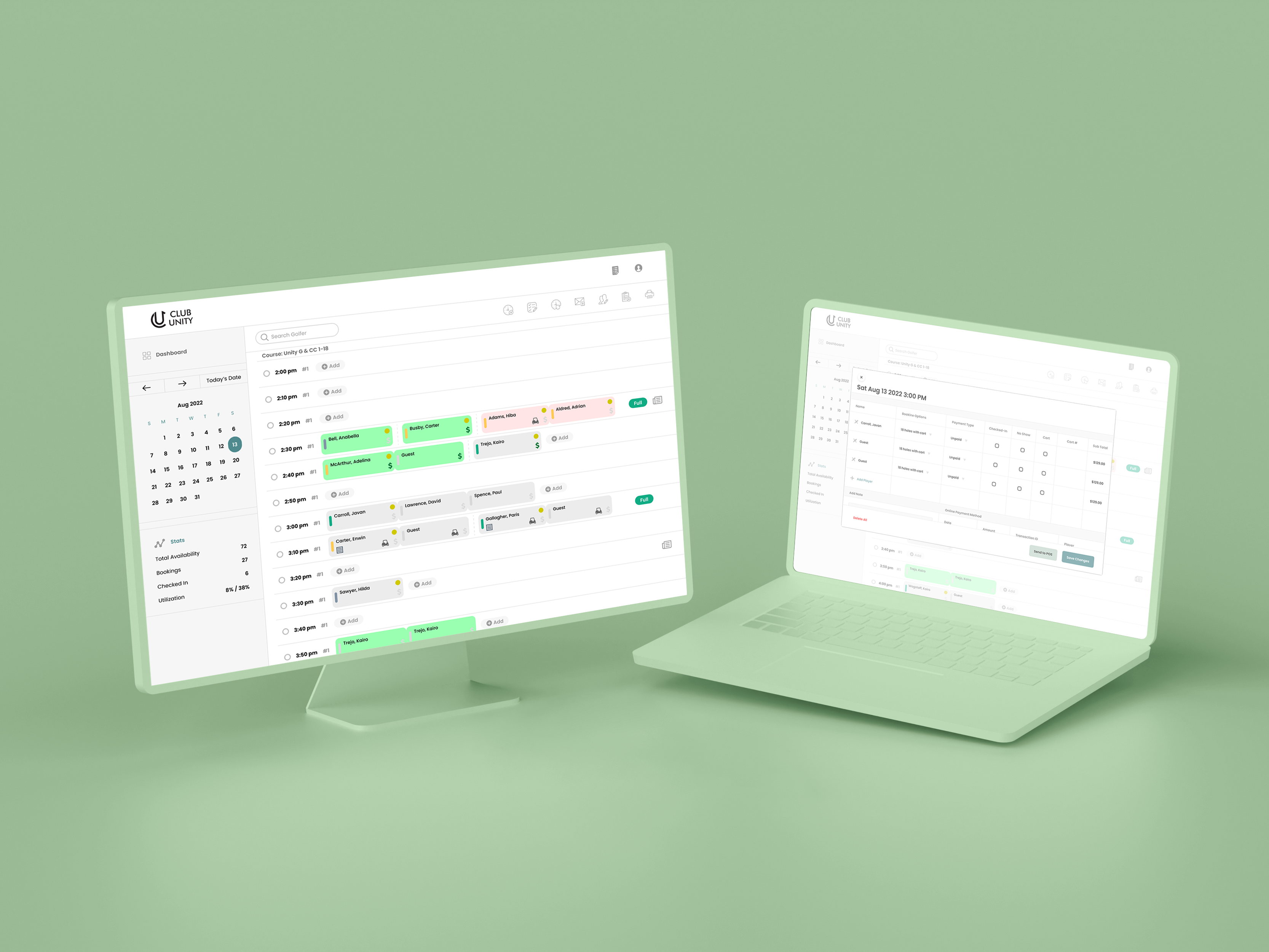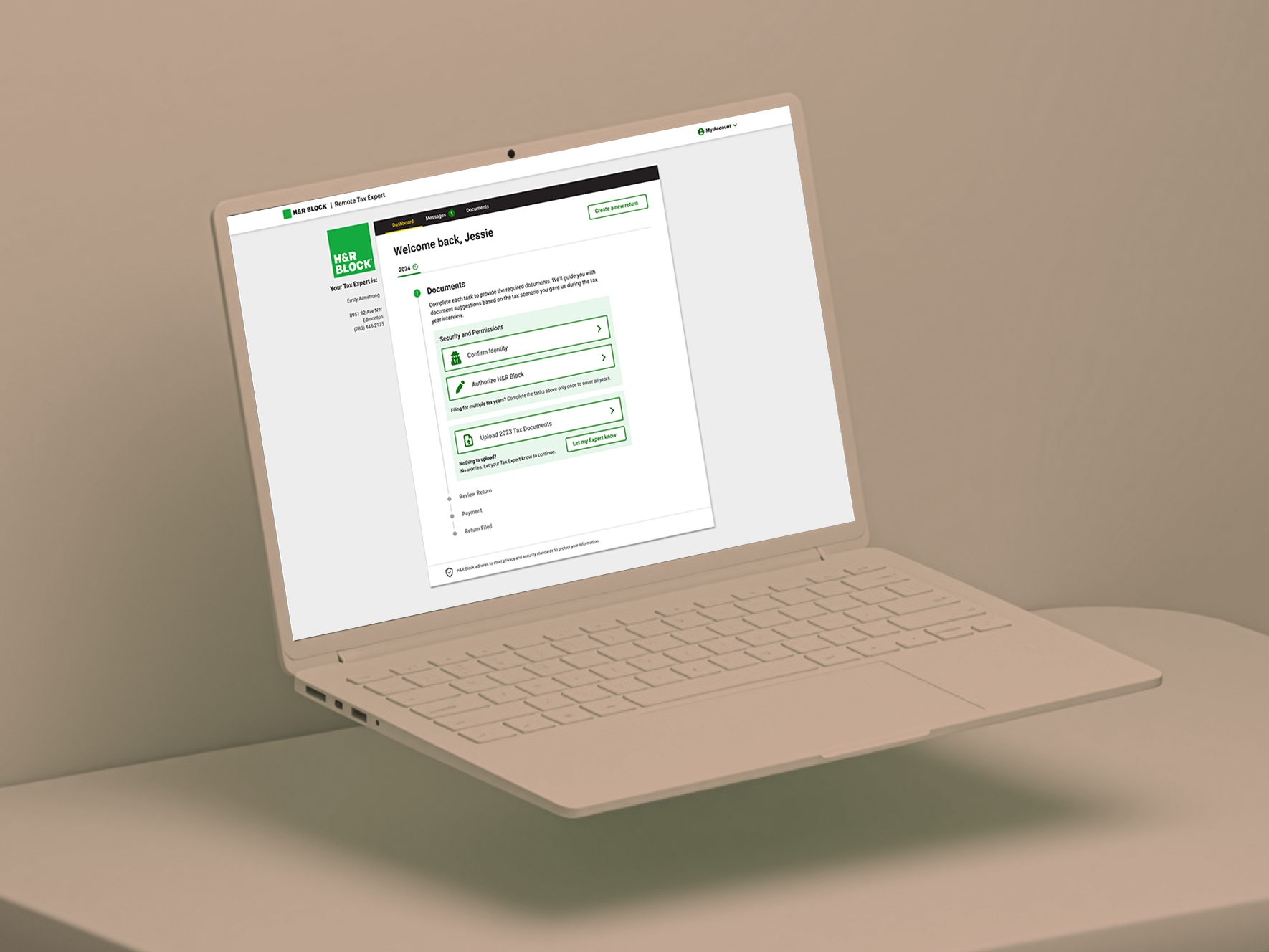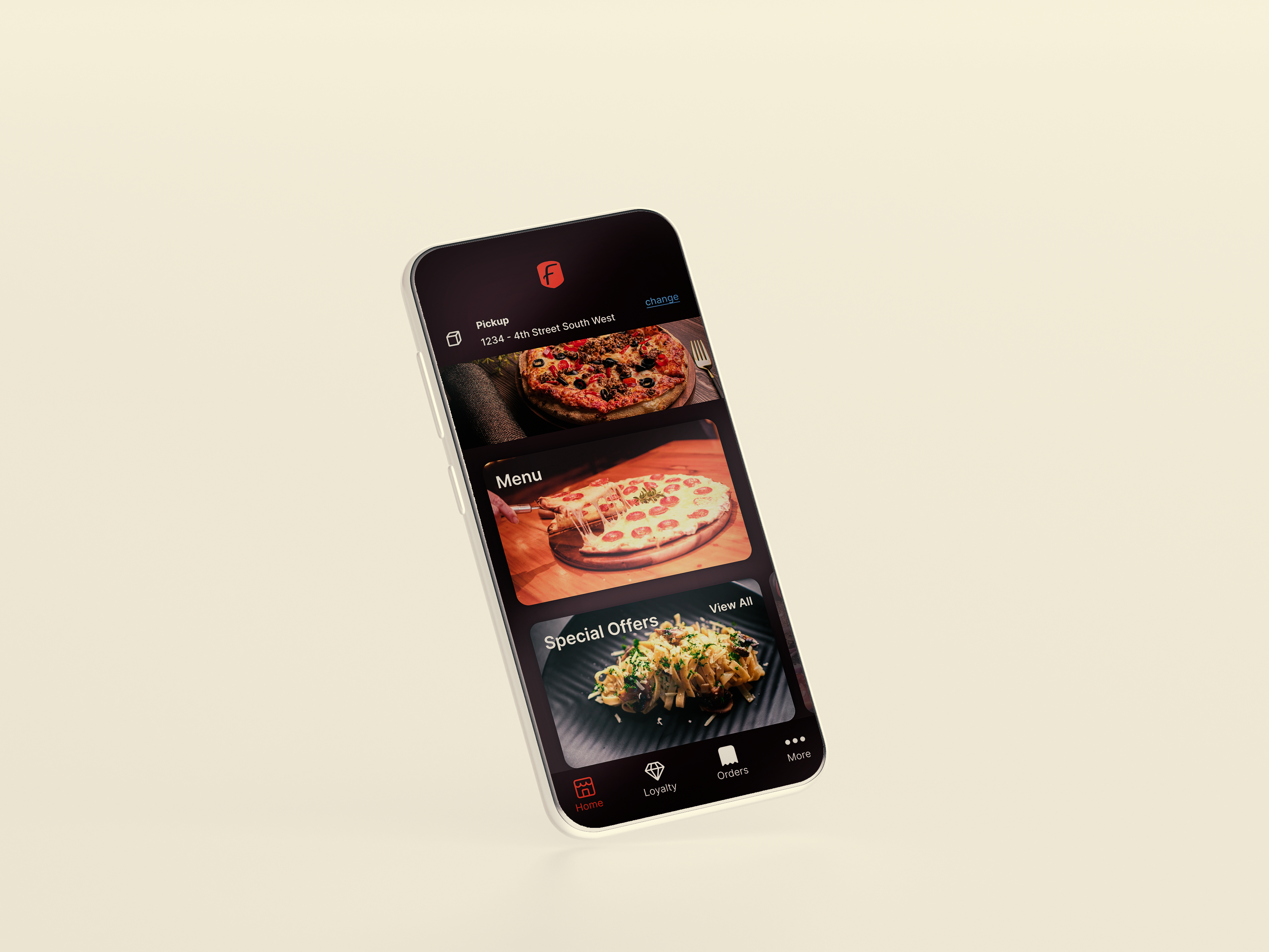Role
User Research, UX, Client Management, and Sound Design.
Timeline
May 2013 - August 2013
Team
Graphic Designer, Content Writer, Full-Stack Developer, Product Manager, UX Designer, Producer
Overview
Walkumentary is a mobile application that combines wearable technology and a real-world setting to give users immersive storytelling experiences. This project was part of the Master of Digital Media program at the Centre for Digital Media (Vancouver, CA). Our client, 8 Leaf Digital Productions, approached us with the challenge of finding innovative ways to tell interactive stories.
Background
In our first briefing with 8 Leaf Digital Productions, we discussed developing a minimum viable product that could merge interactive storytelling elements with emerging technology. Our clients were also interested in infusing such a concept into the thriving local tourism industry.
Understanding the problem
Our client was interested in exploring a multimedia approach to telling stories that didn't require users to be stationary. They were also interested in wearable technology as a narrative tool, as Google Glass was the height of interest at the time.
They also wanted to create a product that focused on the tourism industry. Vancouver has a thriving tourist industry that our clients want to tap into.
Playtesting with our mentor, Tim Bray
Product vision and solution
After the first few client meetings and two weeks of defining our objective, the five of us - composed of a producer, project manager, graphic designer, programmer, writer, and UX researcher - decided to explore Google Glass as a storytelling tool.
With Google Glass in mind, we naturally gravitated toward exploring location-based storytelling. We imagined participants roaming the streets of Vancouver and receiving storytelling experiences/inputs through the wearable device. When a user visits a location in Chinatown, a multimedia-style narrative appears to them that displays the story of their immediate site.
Our lead developer Wenguang Xue, working on the Google Glass API
Defining the MVP
As we understood the problem of merging storytelling with wearable tech, we tested hypotheses using novel user test methods. As our first test, we created an arena with fun challenges outside our studio to mimic the Google Glass experience. We derived results from the game and used them as a launchpad for further design iterations. Over time, we honed our testing methods while developing the API. After a month and a half of testing, iteration, and back-end development, we created our first working device packed with features emanating from our test results. Those first features were:
Location-based storytelling: users can witness narratives at specific planned locations. The wearable device pings users to certain places on the map. The glasses begin to play a story about the immediate area through audio and video when visited.
Modular storytelling: Rather than making a linear story, which could limit the user's ability to explore, we focused on modular storytelling. This approach allows users to explore while still enjoying a cohesive world-building experience.
Hand-holding experience: Users were confused and lost interest without clear prompts and choices. We designed visual and auditory prompts to suggest nearby areas of interest to users while exploring the city.
A list showing our hypothesis. We would then take these assumptions to our user tests to determine their viability
Development
While we figured out product features, content creation directed half of our attention. After intense deliberation, we created a story around Vancouver's historic Chinatown. We spent a month interviewing Chinese Canadians and developing a narrative. We had our lead writer write the story, and I led and organized the recording of the voiceovers. We then broke the recordings into chapters.
We combined the recorded chapters and appropriate visual elements into packages, which our developer inserted into the device. Our location API was also taking shape, and we could finally experience the product in the real world. With a device filled with working features, we could finally derive more useful user-test results and accelerate our iterative process. We showed our working MVP to the stakeholders a received positive and constructive outcomes.
Users can trigger a story by going to specific locations on the map
The narrative that we decided to showcase for our minimum viable product is the history of Vancouver's Chinatown
Results and Takeaway
At the end of our third month on the project, we handed off a minimum viable product, a video showcasing the complete features, and a 60-page design document. The clients discussed our journey, how they appreciated our discoveries, and what they plan to do with our findings. This project showed me what it’s like working in a start-up environment. It taught me the importance of articulation during collaborations. And last but not least, working on this project taught me a lot about time management and how to use project management tools like Scrum and Lean.
Valerie Ma and myself looking over the narrative




